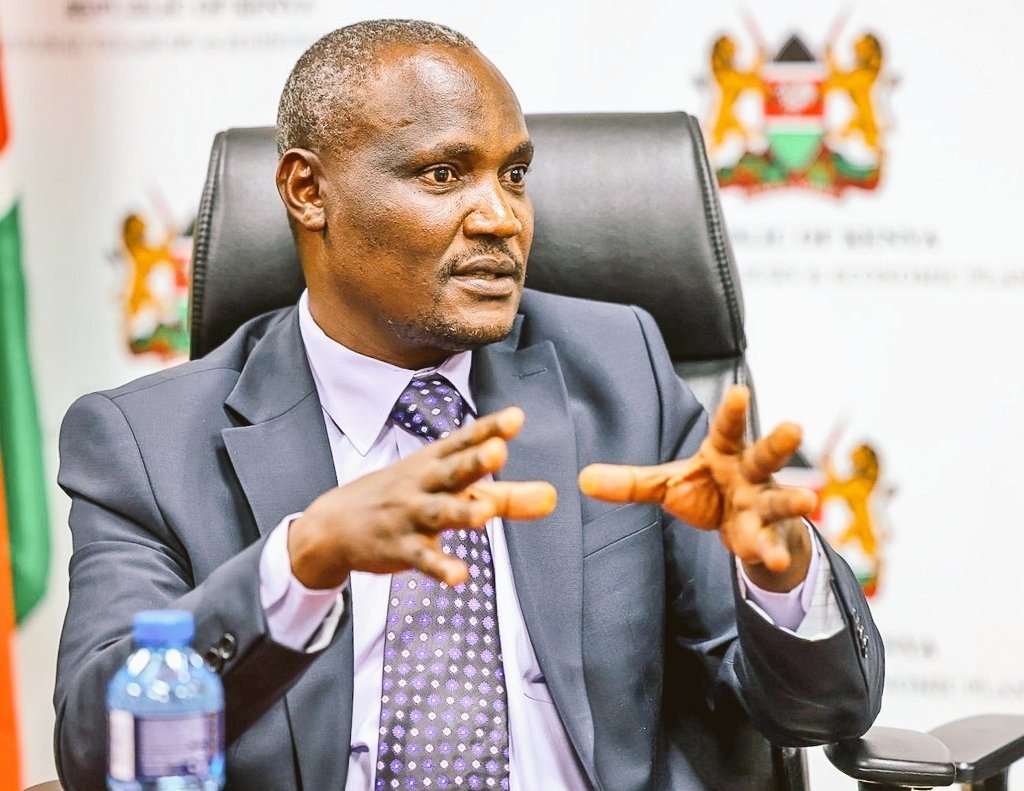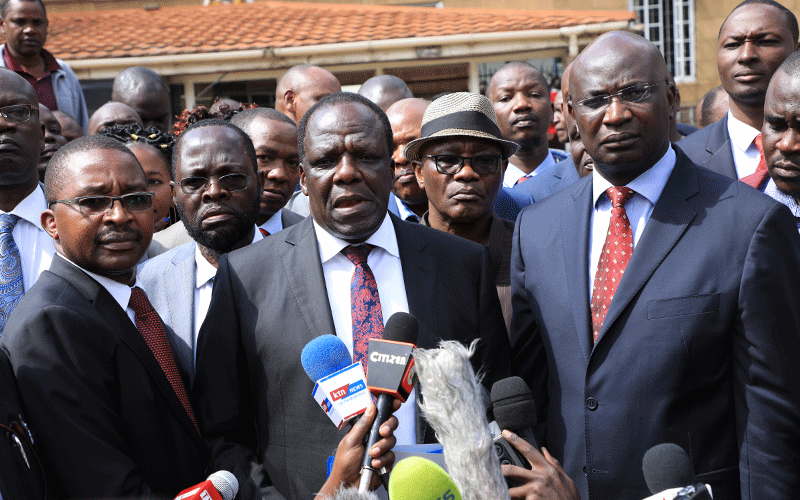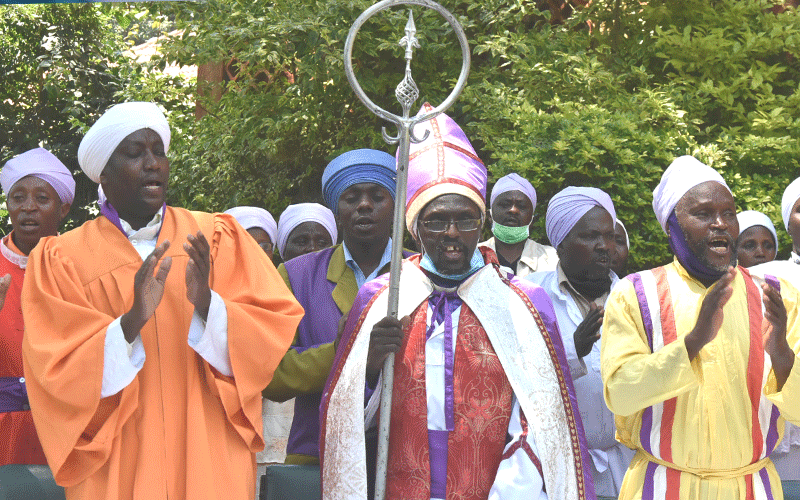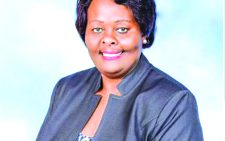Proposed revenue sharing formula benefits most populous regions
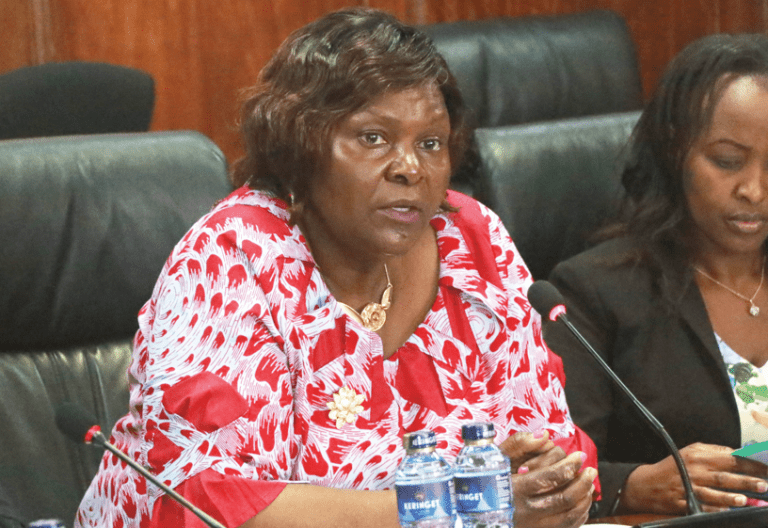
Counties with larger populations will get an increase in the division of revenue if a proposed formula is adopted by Parliament.
The Commission on Revenue Allocation (CRA) has submitted recommendations on the Fourth Basis for Revenue Sharing among county governments to the Senate, the National Assembly, the National Executive, County Assemblies and County Executive Committees.
The CRA has now set the minimum baseline of Sh417.4 billion to be used starting in the 2025-2026 financial year, up from Sh387 billion for 2024-2025.
Best practices
In the new formula the next five financial years, the CRA considers population (42 percent), equal share (22 percent), geographical size (nine percent), poverty (14 percent) and income distance (13 percent).
The CRA argues that in determining the fourth basis of revenue sharing, it took into account information from reviews of the previous revenue sharing bases, the views of stakeholders, international best practices and the criteria in Article 203 (1) of the Constitution.
If the new formula is endorsed by Parliament, Nairobi will still lead in the allocations with Sh21 billion, followed by Nakuru (Sh14.2 billion), Turkana (Sh13.8 billion), Kakamega (Sh13.5 billion), Kiambu (Sh13 billion), Kilifi (Sh12.7 billion) and Mandera (Sh12.2 billion).
The CRA also proposes that Bungoma will get Sh11.7 billion, Kitui (Sh11.3billion), Wajir (Sh11.2 billion), Garissa (Sh10.8 billion), Meru (Sh10.4billion), Machakos (Sh 10 billion), Kajiado (Sh9.76 billion), Kisii Sh (9.72 billion), Narok (Sh9.6 billion), Marsabit (Sh9.4 billion), and Kwale (Sh9 billion).
Makueni will now get Sh8.87 billion, Uasin Gishu (Sh8.85 billion), Migori (Sh8.83 billion), Kisumu (Sh8.7 billion), Homa Bay (Sh8.53 billion), Mombasa (Sh8.25 billion), Siaya (Sh8.01 billion), Busia (Sh7.89 billion), Trans Nzoia (Sh7.87 billion), Muranga (Sh7.85 billion), Kericho (Sh7.65 billion), Nandi (Sh7.65 billion), Bomet (Sh7.5 billion), Tana River (Sh7.4 billion) and Baringo (Sh7.1 billion).
West Pokot will get Sh7.07 billion, Nyeri (Sh6.8 billion), Samburu (Sh6.35 billion), Isiolo (Sh6.24 billion), Nyandarua (Sh6.20 billion), Vihiga (Sh6.07 billion) and Laikipia (Sh6.02 billion).
Nyamira will get Sh5.88 billion, Taita Taveta (Sh5.7 billion), Kirinyaga (Sh5.69 billion), Embu (Sh5.61 billion), Elgeyo Marakwet (Sh5.3 billion), Tharaka Nithi (Sh5.02 billion) and Lamu (Sh3.9 billion).
Fiscal capacity
The Constitution provides that in making recommendations on equitable sharing of revenues among county governments, the CRA should take into account whether county governments can perform the functions allocated to them and their fiscal capacity and efficiency.
The CRA is also required to take into account counties’ developmental and other needs, economic disparities within and among counties and the need to remedy them. The agency is also expected to adhere to the need for affirmative action regarding disadvantaged areas and groups; the need to provide incentives for each county to optimise its capacity to raise revenue; and the desire for stable and predictable allocations of revenue.
Actual expenditures
At a press briefing at the CRA headquarters in Nairobi yesterday, chairperson Mary Chebukati said that in developing the fourth basis framework, her agency shifted from the functional approach of the third basis to the use of expenditure proxies.
According to the CRA, the shift was informed by actual expenditures of county governments, availability, credibility and statistical soundness of data, and the need to ensure that revenue sharing among county governments remains stable and predictable in the medium term.
“The framework for sharing revenue among the county governments is based on two objectives: to share revenues equitably to facilitate service delivery and to address economic disparities, and promote development among county governments,” said Chebukati.
Her team argues that to facilitate service delivery, the proposal provides for an equal minimum allocation across all counties, using population and geographical size of a county as the key transfer parameters.
And to address economic disparities and promote development, the framework uses income distance and poverty parameters as measures of inequality among county governments.
“The weights assigned to each of the parameters in the revenue sharing framework are based on the objectives of fiscal transfers and the desire to ensure revenue sharing remains stable and predictable,” she argued.
Stability in sharing
In implementing the fourth basis, she added, a cushioning and stabilisation factor has been inbuilt in the framework to ensure no county government will get less than what it was allocated in the 2024/25 financial year.
Stability in revenue sharing is important to ensure county programmes and projects continue without the disruption that may be caused by sudden budget cuts arising from a change of the revenue sharing framework.
Article 217 of the Constitution requires that the Senate, once every five years, by resolution determine the basis for revenue sharing among county governments.
In that process, the Senate will take into account the recommendation of the CRA.
The third basis was determined by Parliament in September 2020. It was used to share revenues for five financial years from 2020/21 to 2024/25.
